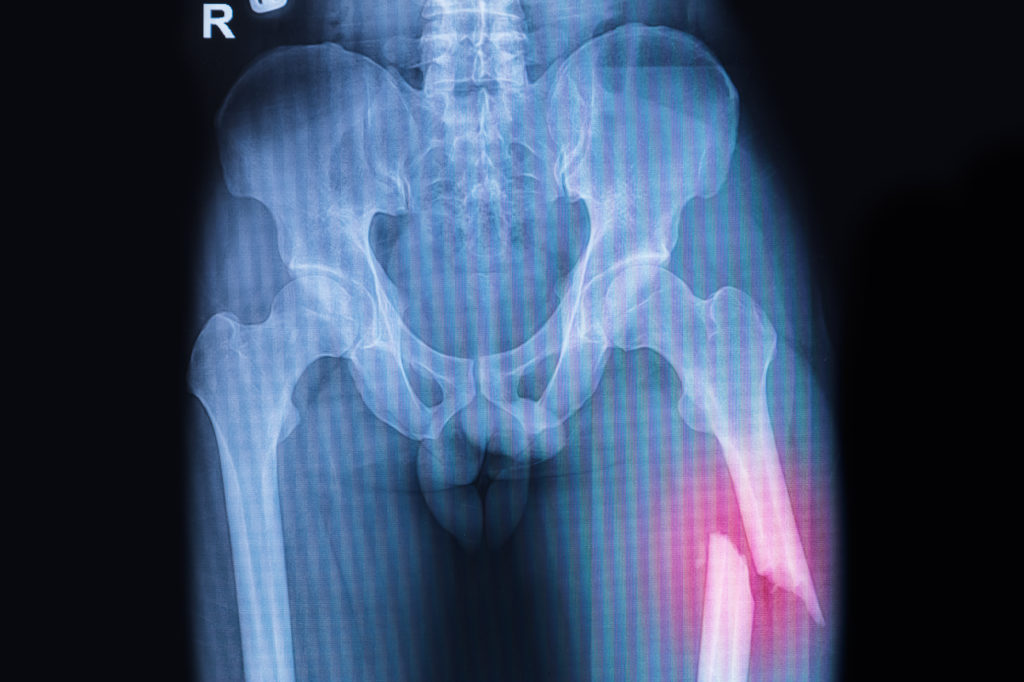Fractures: Types and Treatment
The word “Fracture” implies to broken bone. A bone may get fractured completely or partially and it is caused commonly from trauma due to fall, motor vehicle accident or sports. Thinning of the bone due to osteoporosis in the elderly can cause the bone to break easily. Overuse injury is a common cause of stress fractures in athletes.
Sprains, strains, and contusions, as well as tendinitis and bursitis, are common soft-tissue injuries. Even with appropriate treatment, these injuries may require a prolonged amount of time to heal.

